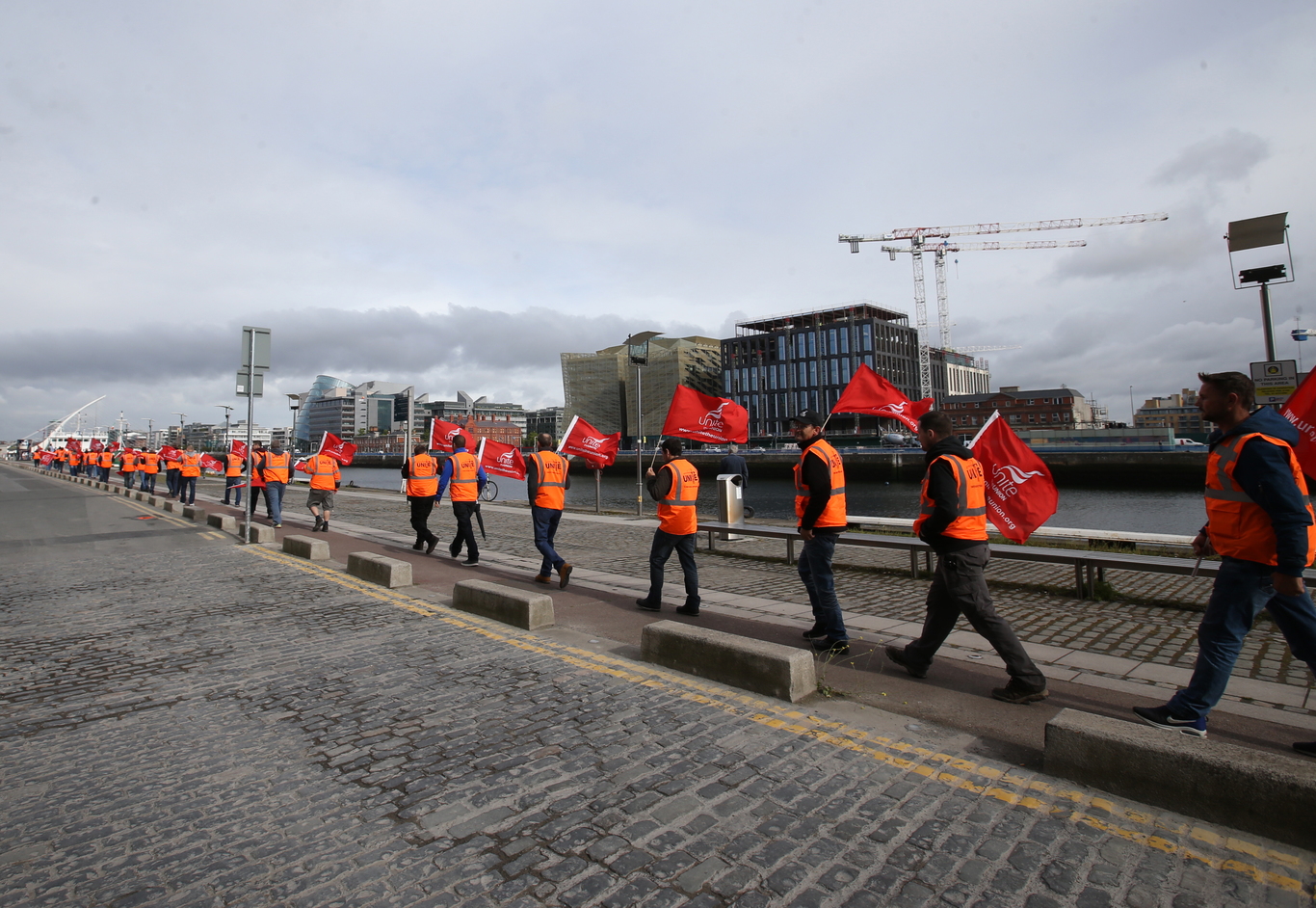Building sites across Ireland are grinding to a halt - here's why
Unions are locked in an industrial battle over pay for crane operators.
TAKE A GLANCE across the Dublin skyline and there are usually two constants: clouds, and cranes.
For the last few years the capital has been in a constant state of construction, with dozens of projects all over the city, particularly around the docklands area.
However, this week the heavy building, which has been reaching a frenzy, has suddenly ground to a halt.
For the past few days, a large share of Ireland’s crane drivers have been on strike. Without them, most building sites can’t function.
The dispute is seriously disrupting building work on many of the country’s biggest projects, such as at Capital Dock – where US bank JP Morgan is set to buy an office building that will be able to house hundreds of workers when completed.
However, the row is far from straightforward – in addition to the dispute between workers and employers, there is a parallel disagreement between two rival unions.
So, what exactly is going on? Here’s what you need to know:
Who’s on strike?
There are just under 200 crane drivers in Ireland. The Unite union claims that it represents 90% of these workers.
At the start of the month Unite crane drivers voted overwhelmingly in favour of industrial action, including strikes.
During the week they officially started striking en-masse. While there was action across the country, the nature of construction work in the capital means that most of the industrial activity is visible in Dublin.
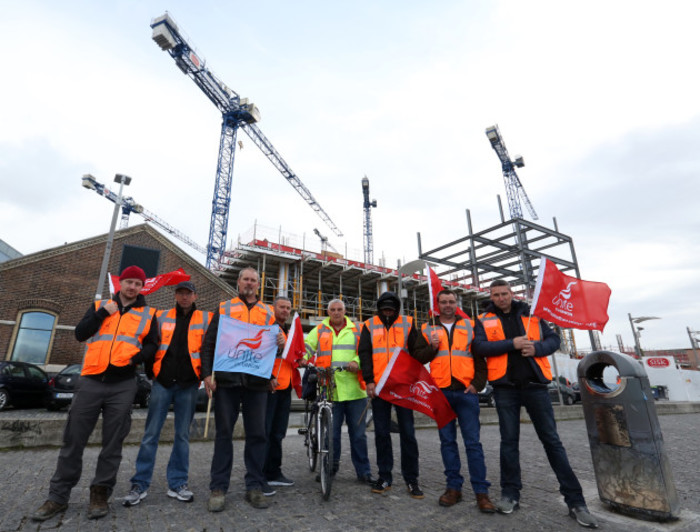 Striking crane drivers in Dublin
Striking crane drivers in Dublin
Several sites in Dublin have been picketed, meaning that many workers in other unions have refused to pass the lines.
Why are they on strike?
With the construction industry getting back to full swing, crane drivers are looking for a pay rise.
At the moment, there is an industry agreement that crane drivers are paid a minimum of €16.69 an hour. However, some individuals are paid higher rates depending on demand.
Unite argues that this undervalues the skill needed for the job. They want a base rate of €24 per hour which would rise to €27 per hour from 1 January 2018 and €30 per hour from 1 January 2019.
Who is involved?
There are three main organisations involved in this row: Unite, the Construction Industry Federation (CIF), which represents most of Ireland’s biggest building firms, and Siptu.
The strike action is between Unite, smaller building firms, and CIF members, which tend to be bigger construction companies.
The union is pushing the CIF to raise the rate of pay for its members. However, when negotiating rates of pay for Irish construction workers, the CIF has traditionally dealt with Siptu. This is where things get a bit convoluted.
What has Siptu got to do with this?
Siptu is Ireland’s biggest unions and represents a major share of the country’s construction workers. It claims that it has about 14,000 members in the industry.
Traditionally, this has also included crane drivers. The union says that it has almost 150 crane operators on its books.
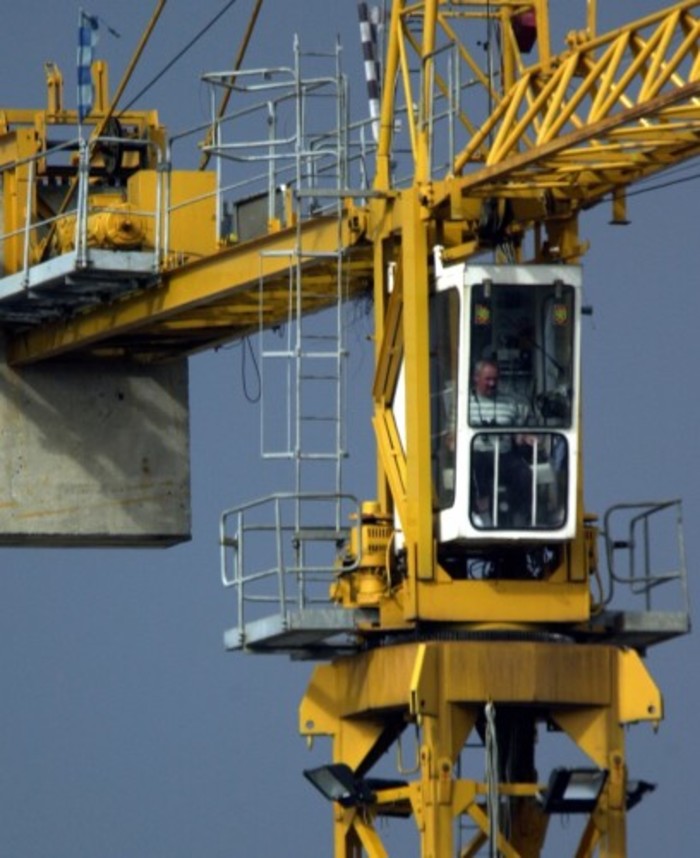 A crane driver in Dublin
A crane driver in Dublin
Fed up with their rates of pay, crane drivers asked Siptu to push to get them higher wages. Siptu was wary that if it looked for a big, across-the-board boost for crane drivers, it could lead to unreasonable demands for higher wages elsewhere across the construction sector.
Instead of looking for an increase in the flat rate of pay, Siptu and the CIF agreed on a ‘greasing allowance’.
Workers used to manually grease cranes and got an allowance to do so. Many cranes now do this automatically, so this allowance had been cut. However, Siptu and the CIF agreed to reintroduce it.
Crane drivers who are Siptu members are now meant to get a two-hour greasing allowance every day, which both sides say means that crane drivers get an extra two hours, or 25%, pay per day.
Siptu and Unite, along with several other unions, have also recently hammered out a deal with building employers for a 10% wage increase across the sector.
For crane drivers, this would come on top of their two-hour, or 25%, greasing allowance. The greasing allowance came into effect for Siptu members in June, while the 10% industry pay rise is due to be signed off by government in the next few weeks.
Where does Unite come in?
After the greasing deal, many crane drivers that were Siptu members went to join Unite, which promised to push for higher wages again. Unite in turn started to argue for better pay with the CIF.
However, when the construction lobby didn’t agree to its demands, the union balloted for industrial action with members eventually voting to go ahead with strikes and effectively shutting down many building sites across the country.
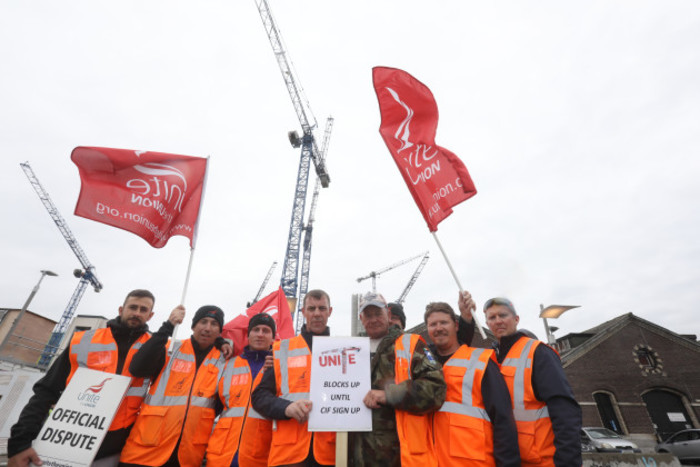 Unite crane drivers on strike
Unite crane drivers on strike
While this was going on, Siptu claimed that Unite’s actions amounted to it ‘poaching’ members and made a complaint to the Irish Congress of Trade Unions.
What is Unite’s issue with the Siptu deal?
Both the CIF and Siptu have questioned why Unite has an issue with the greasing allowance and industry deals.
They say that the 10% increase in base wages, coupled with the two extra hours a day for which Siptu crane drivers are set to be paid, would push up wages to just over €23, only slightly under the increase that Unite is looking for.
But Unite’s regional officer for construction, Tom Fitzgerald, told Fora that he does not trust employers to implement the greasing allowance. He says he wants the base rate for crane drivers to be increased to ensure they get extra pay.
“On the face of it (the Siptu deal) sounds great, but the greasing money is variable. Some workers will get it and some won’t,” he said.
“Our experience is that you have add-ons, people often won’t get them. Some employers will pay them, some won’t. We believe that the rate has to be housed in a new collective agreement for crane operators.”
On the other hand, Siptu construction organiser Greg Ennis told Fora that his union “continues to represent crane operators as part of our 14,000 construction members, and we have delivered 25% for crane operators”.
“Siptu is demanding the immediate implementation of the 10% pay increase recommended for all construction workers by the Labour Court in advance of the necessary ministerial order,” he said.
What’s the latest?
Siptu says that the strike is an issue between Unite and the CIF, however the union still wants crane drivers to return to its fold.
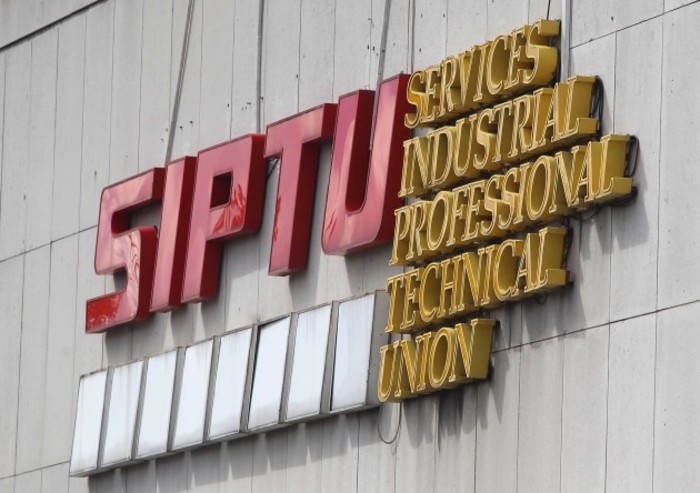
Its complaint to the Irish Congress of Trade Unions was upheld, and it was found that Siptu has the sole negotiating rights for the drivers. Unite is planning to appeal the decision, so the two look to stay at loggerheads for the time being.
The strike also looks set to roll on. Both the CIF and Unite have gone to the Workplace Relations Commission to try to hammer out an agreement, however both have accused the other of not properly engaging with the process.
A spokesman for the CIF said that the organisation is “open to discussions with all parties”.
However, he also claimed that Unite has not followed the correct striking procedure, such as properly notifying employers.
The builders group said that some companies, hit with costs running into the hundreds of thousands of euro due to their major projects shutting down, may consider taking legal action against the union.
Fitzgerald said that Unite followed the correct striking procedure and will continue to do so. More strike days are planned in a move that will likely continue to cause havoc on building sites across Ireland, and particularly in the heart of the capital.
“Unfortunately this looks like it will be drawn out, we don’t see an immediate end,” Fitzgerald said.
“At the moment I see this as going on for several weeks and maybe a few months, I see it as being a long thing.”
